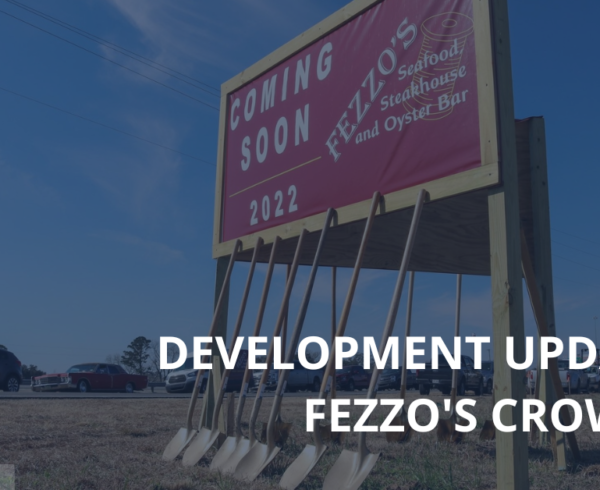If you’re like many restaurant owners who think a menu is just a list of the food that you serve, you’re not alone, but you’re also misguided. There’s a prevailing thought that even permeates some of the best restaurants in the country that simply typing out your options for food and beverages and calling it a day will get the job done.
You may not realize that some dishes make you more money than others, and having a menu that’s too extensive won’t benefit you or your guests. We want to help by giving you some tips to optimize your business and make more money: Here’s how to use basic psychology to improve business, using a few small changes to your menu.
Optimize the Number of Options
There’s a psychological theory known as the “paradox of choice” in which studies have found that although people may say they want more choices, they really don’t. Quite the contrary, actually. The theory states that the more choices people have, the more anxiety they feel about making a choice.
So what can you do? It’s simple. Reduce the number of dishes on your menu to a selection of your showcase dishes: your best-selling items (which should also be the items with higher profit margins). Guests have a great meal without having to make a tough decision, and you make money by having to buy (and waste) fewer ingredients for dishes that don’t sell.
Ditch the Dollar Sign
Although it seems obvious, the dollar sign is a clear indicator of cost when processed in the brain. Without the dollar sign, guests are less likely to think of it as a representation of the money they’re about to spend, and more likely just a number meaningless out of context.
Take Advantage of Language
If you’re running a full-service, sit-down restaurant, make your menu reflect the atmosphere. Studies have shown that customers respond to the language used on menus, so much so that in a study where the same red wine was served twice, first labeled as being from California, and then again as North Dakota, the California wine won out overwhelmingly, simply because of California’s reputation as the producer of finer wines.
People are fooled by what they read and it informs the way the experience what they consume. For example, instead of using a term like “spicy mayo” for a condiment—which sounds more like something you’d find on a fast food sandwich—consider listing it as “zesty chipotle aioli”.
Use Photos Whenever Possible
The mind is trained to want to see something before a person orders it, so if there are pictures on the menu, those dishes will naturally be your best sellers. Put high-quality images of your showcase items on your menu, those higher profit margins, and you’ll see order for those items increase.
We’re not saying you should trick your customers, by any means. We’re just saying you’re missing an opportunity if your current menu is just a few pages with words on it, and that definitely won’t get your guests excited to eat at your restaurant.










